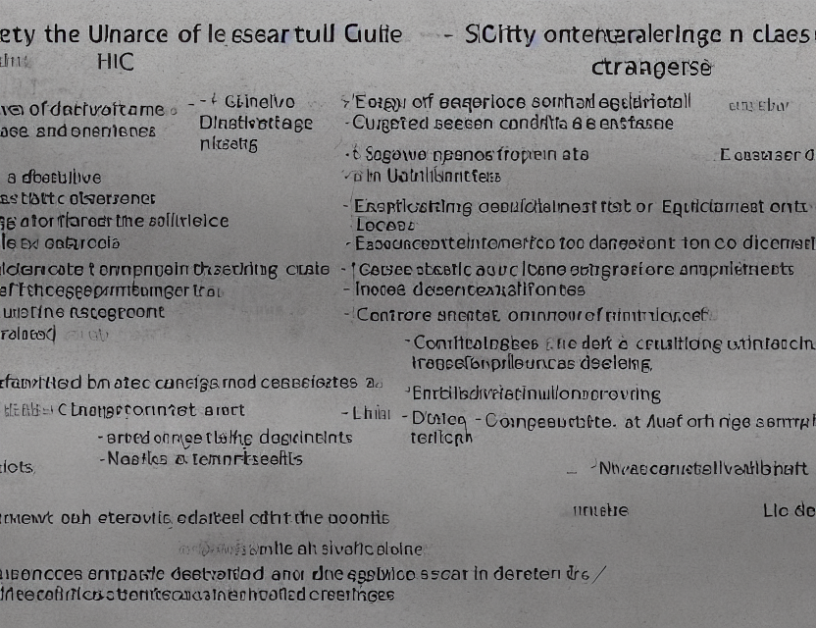The article discusses the use of matching algorithms in various fields, particularly in conferences. The authors explain that there are different types of matching algorithms, including lexical matching, graphical matching, and reciprocal rank fusion. They also provide examples of each type of algorithm and their applications.
Lexical Matching
Lexical matching is a technique used to match entities based on their meaning or context. The authors explain that this type of matching is useful when the entities being matched are represented in natural language, as it can capture the nuances of language and context. They provide an example of a conference organizer using lexical matching to identify potential speakers for a conference, by searching for individuals with expertise in a particular topic.
Graphical Matching
Graphical matching is another type of matching algorithm that uses visual representations to match entities. The authors explain that this type of matching is useful when the entities being matched are represented as images or diagrams. They provide an example of a researcher using graphical matching to identify similarities between different proteins, by creating a visual representation of each protein and then matching them based on their similarity.
Reciprocal Rank Fusion
Reciprocal rank fusion is a technique used to combine the results of multiple matching algorithms. The authors explain that this type of fusion allows for more accurate matching by combining the strengths of multiple algorithms. They provide an example of a conference organizer using reciprocal rank fusion to identify potential speakers and attendees for a conference, by combining the results of lexical matching, graphical matching, and other algorithms.
Conclusion
In conclusion, the article provides a comprehensive overview of the different types of matching algorithms used in various fields. The authors explain that each type of algorithm has its own strengths and weaknesses, and provide examples of how they can be applied in practice. By understanding the different types of matching algorithms and their applications, readers can better appreciate the complexities of matchmaking and the importance of using the right algorithm for the job.



